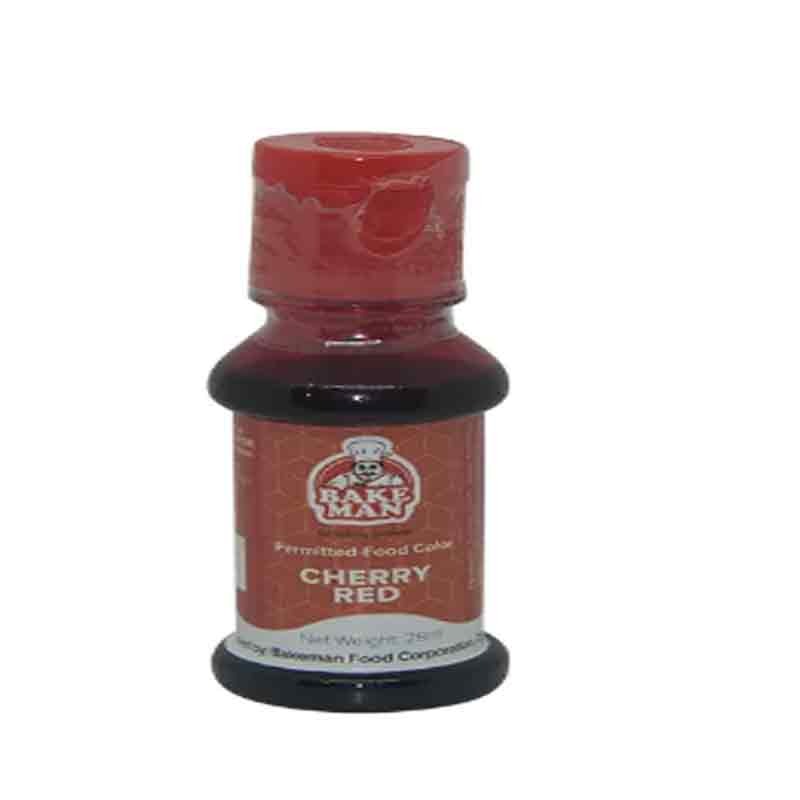An emulsifier is an additive which helps two liquids mix. For example, water and oil separate in a glass, but adding an emulsifier will help the liquids mix together.[1] Some examples of emulsifiers are egg yolks and mustard. An emulsifier consists of a water-loving hydrophilic head and an oil-loving hydrophobic tail. The hydrophilic head is directed to the aqueous phase and the hydrophobic tail to the oil phase. The emulsifier positions itself at the oil/water or air/water interface and, by reducing the surface tension, has a stabilising effect on the emulsion.[2]
Operation
Emulsifiers belong to the surfactants, usually with a grease-loving (lipophilic) and a water-loving (hydrophilic) part, which can nest around boundary layers between aqueous and greasy parts. Grease and water repel each other, making an emulsion without emulsifier easily fall apart. An emulsifier prevents this rejection because it projects the water-loving side towards the water and the fat-loving side towards the fat. The extent to which the hydrophilic or lipophilic character dominates is represented by the HLB value of the surfactant (HLB = Hydrophilic-Lipophilic Balance). A high HLB value (10 to 18) indicates a hydrophilic substance suitable for emulsifying fats or oils in water. Substances with a low HLB (3 to 8) are lipophilic and suitable for water-in-oil emulsions.[3]
Emulgators are used in cosmetics for example in creams and bath oils. A cream consists largely of an emulsion of fat in water or of water in fat, while a bath oil often contains an emulsifier to partially distribute the oil in the water. Without an emulsifier, the oil would float on the water. Examples of emulsifiers used in cosmetic products are glyceryl monostearate, Polysorbate 20, accasia, tragacanth agar, and pectin.
Emulsifiers are often used in food technology, for example to keep products moist or greasy (such as cakes and bread) or to mix fat-soluble substances with water, such as margarine.
An example of an emulsifier in food is lecithin. Lecithin is in egg yolk and is used for example in making mayonnaise. It ensures a good connection between fats and vinegar. In european food, various E-numbers are used in the series from E400 to E499.

Login To Comment